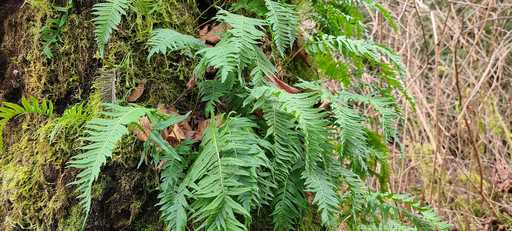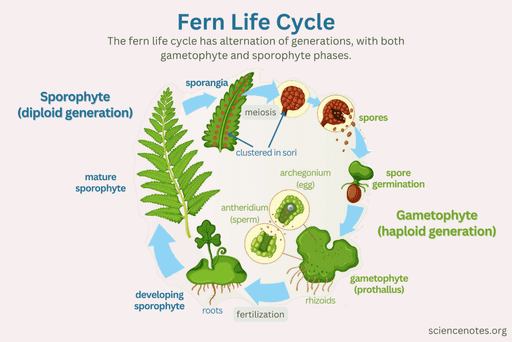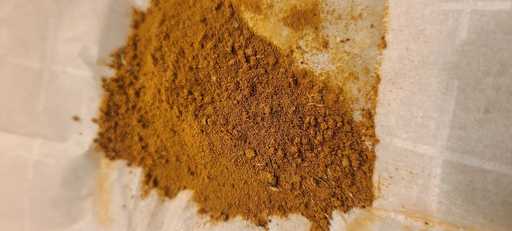Harvesting and Storing Seeds - Fern Spores
Ferns as a Plant
Ferns are a staple plant for the PNW understory. Our region has a variety of species of ferns that are unique and beautiful. The often dense growth of ferns provide shade and cover for a variety of birds, mammals, insects, and amphibians. By being a great place for insects for rest and grow, they are also providing a protein source for insect loving wildlife. If you are interested in adding more ferns to your wildlife garden be ready for this and the next blog post. This post will cover harvesting and storing fern spores. The next post will discuss how to propagate ferns from the collected spores.
Unlike most plants discussed in the harvesting and storing series, ferns are different. Ferns are not a flowering plant and do not produce flowers are seeds. Instead, ferns produce spores for reproduction. These spores released from the fern in the summer from the sori. The sori is a structure on the bottom of the leaf of a fern, it is often a dark round or line like structure. The spores drop to the ground, hoping to land on a moist area to continue development. Ferns have two free-living generations, a sporophyte generation and a gametophyte generation. The sporophyte generation is form that most people typically think of when thinking of ferns. This is the spore producing plant. The generation that most people do not know exist is the gametophyte generation. This is gamete producing plant generation. The diagram below by Science Notes displays the life cycle of a fern. If you would like a detailed explanation on the how ferns reproduce I recommend reading the U.S Forest Services page on ferns.
Harvesting the Spores
Harvesting of the spores begins finding ferns whose sori are beginning to release spores. When looking at the sori of a fern you will see a slight fuzzy texture as the fern is ready to release spores. The simplest way to collect the spores is the cut a couple of the fronds from the fern. Be sure to not over harvest from any single fern. While we want to propagate, we do not want to diminish the current plant. You do not need a lot of fronds as each frond will drop large amounts of spores. Once you have a couple fronds, lay them out on a sheet of paper on a flat surface with the sori facing down. You will then leave them like this for 24 hours. During this time the spores will drop from the plant leaving a brown "spore print". Once the 24 hour are up you will fold the paper and shake the spores into a wax paper sleeve.
Storage
Once the spores have been harvested now be stored. I like to store my spores in a wax paper sleeve that I then place in a paper envelope to insure the spores remain dry. They can be stored in a dry cool area for up to 5 years, but germination will decrease the longer you store them. For best results continue to store seeds in the refrigerator or other region that does not get warmer than 41 °f.
In the next blog we will discuss how to propagate ferns from the spores you have collected.


